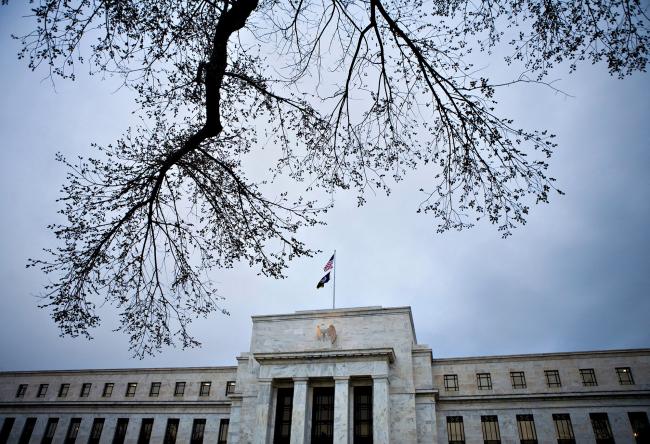(Bloomberg) -- The U.S. Treasury Department indicated that the government will need to borrow less than previously estimated as the Federal Reserve slows the reduction of its asset portfolio on its balance sheet.
The department expects to issue $30 billion in privately held net marketable debt between April and June, assuming a cash balance of $270 billion at the end of the period. The amount is $53 billion lower than the estimate that it made in January.
The Fed announced last month it would start slowing the shrinking of its balance sheet in May -- dropping the cap on monthly redemptions of Treasury securities from the current $30 billion to $15 billion -- and halt the drawdown altogether at the end of September. After that, the Fed will likely hold the size of the portfolio “roughly constant for a time,” which will allow reserve balances to gradually decline.
Treasury indicated it will issue $160 billion in net marketable debt between July and September, assuming an end-of-period of cash balance of $85 billion. In the January to March period, it borrowed $374 billion. The cash balance was $334 billion at the end of last month.
The quarterly borrowing estimates released Monday precede the department’s refunding announcement set for Wednesday, when the sizes of longer-term debt auctions are announced.
The Treasury had been boosting sales of bills, notes and bonds to help finance a budget gap that’s widening after $1.5 trillion in tax cuts started taking effect last year. At the same time, an aging population is boosting costs of federal programs such as Medicare.
The Congressional Budget Office estimates that the deficit is forecast to widen to $897 billion over the 12 months through September, from $779 billion last year. The CBO sees the shortfall topping $1 trillion in fiscal 2022.
